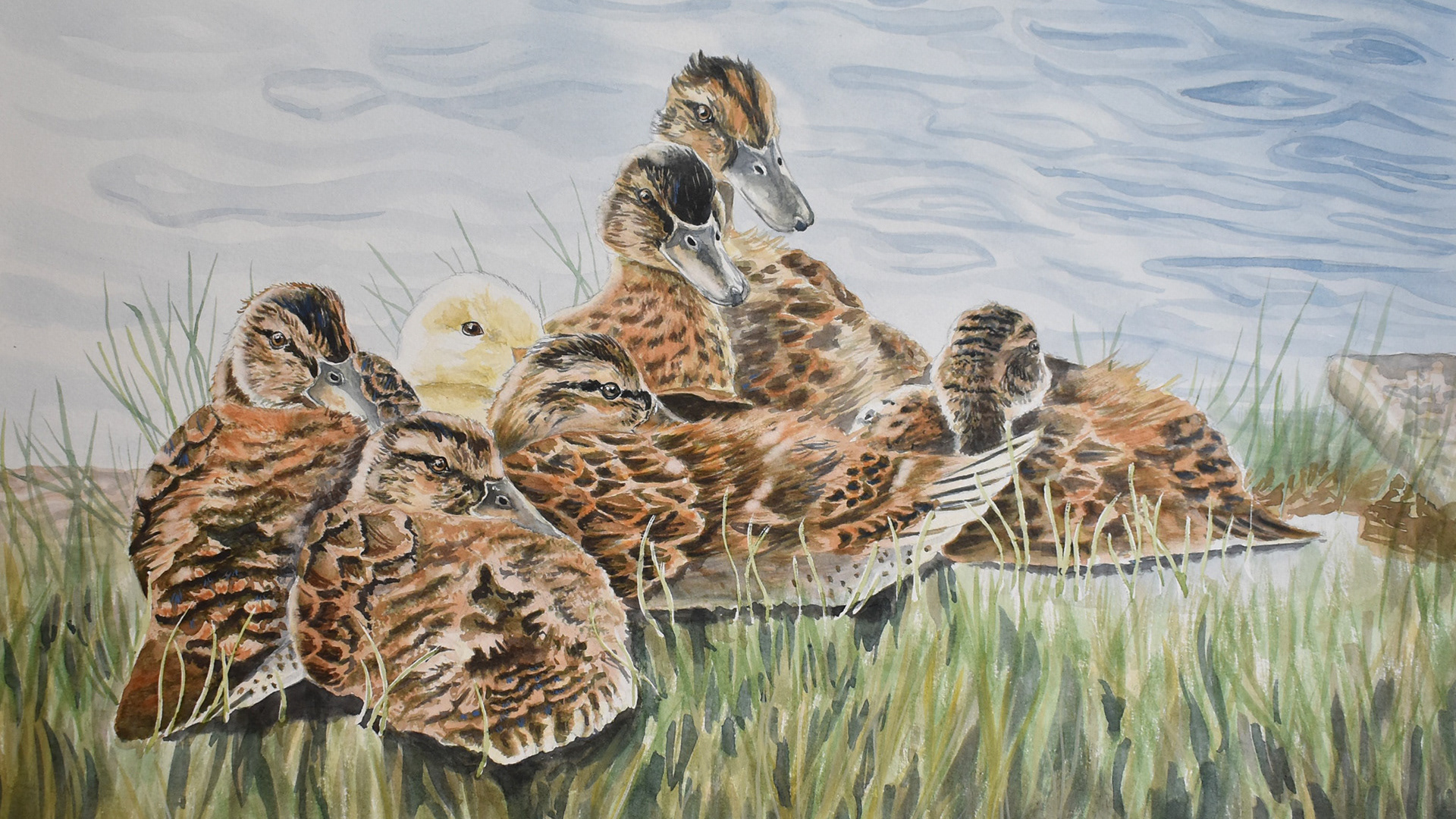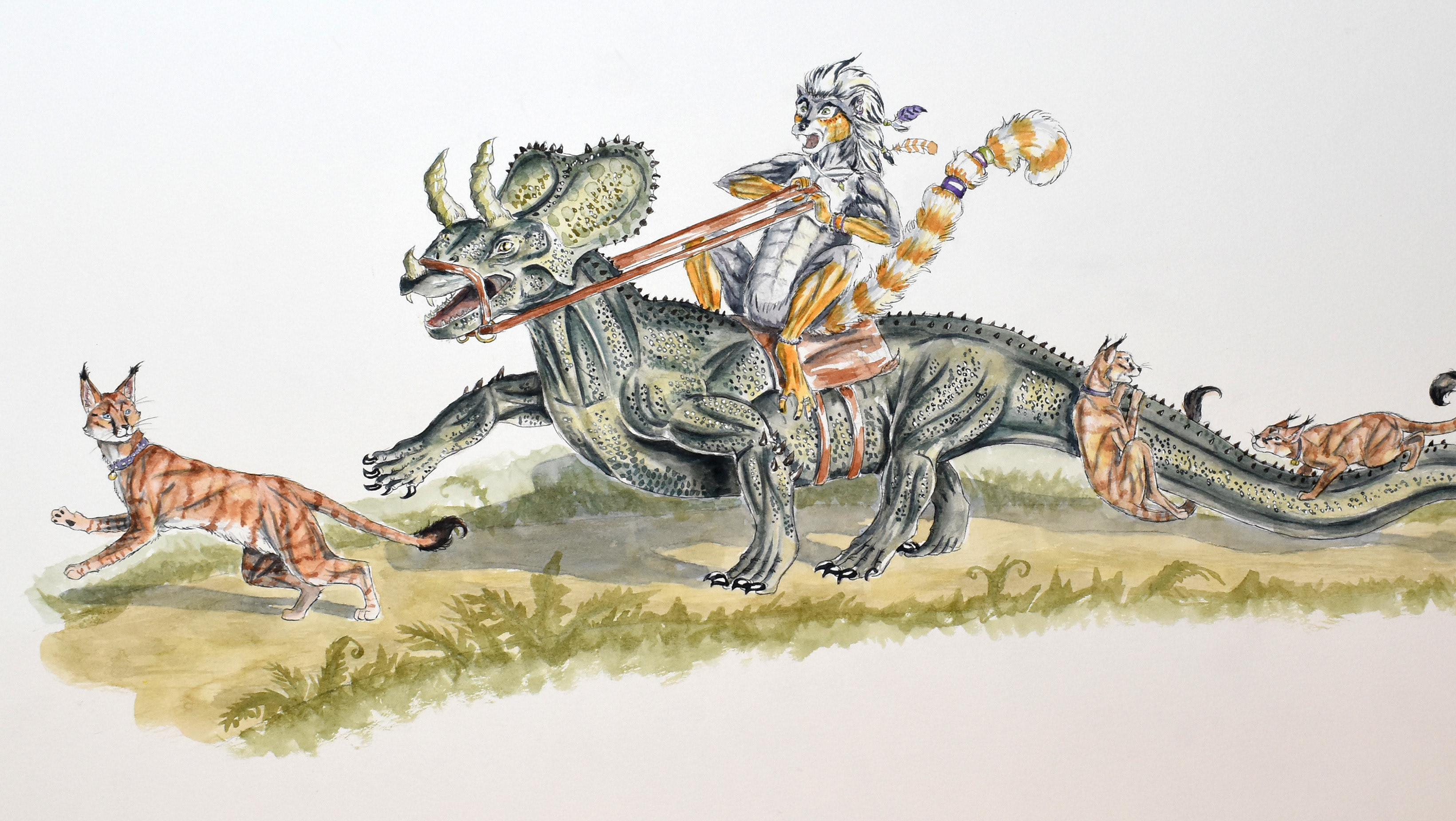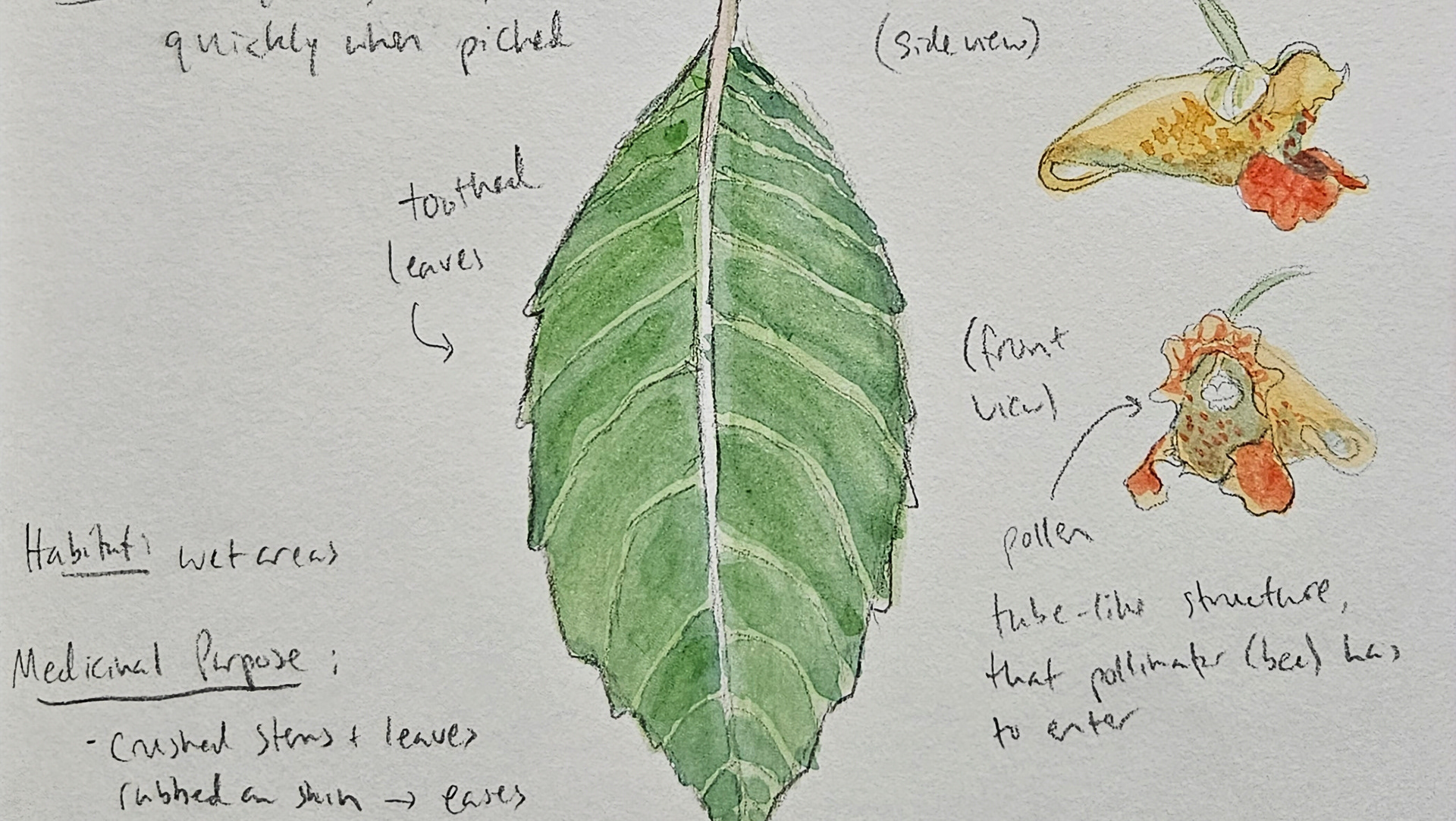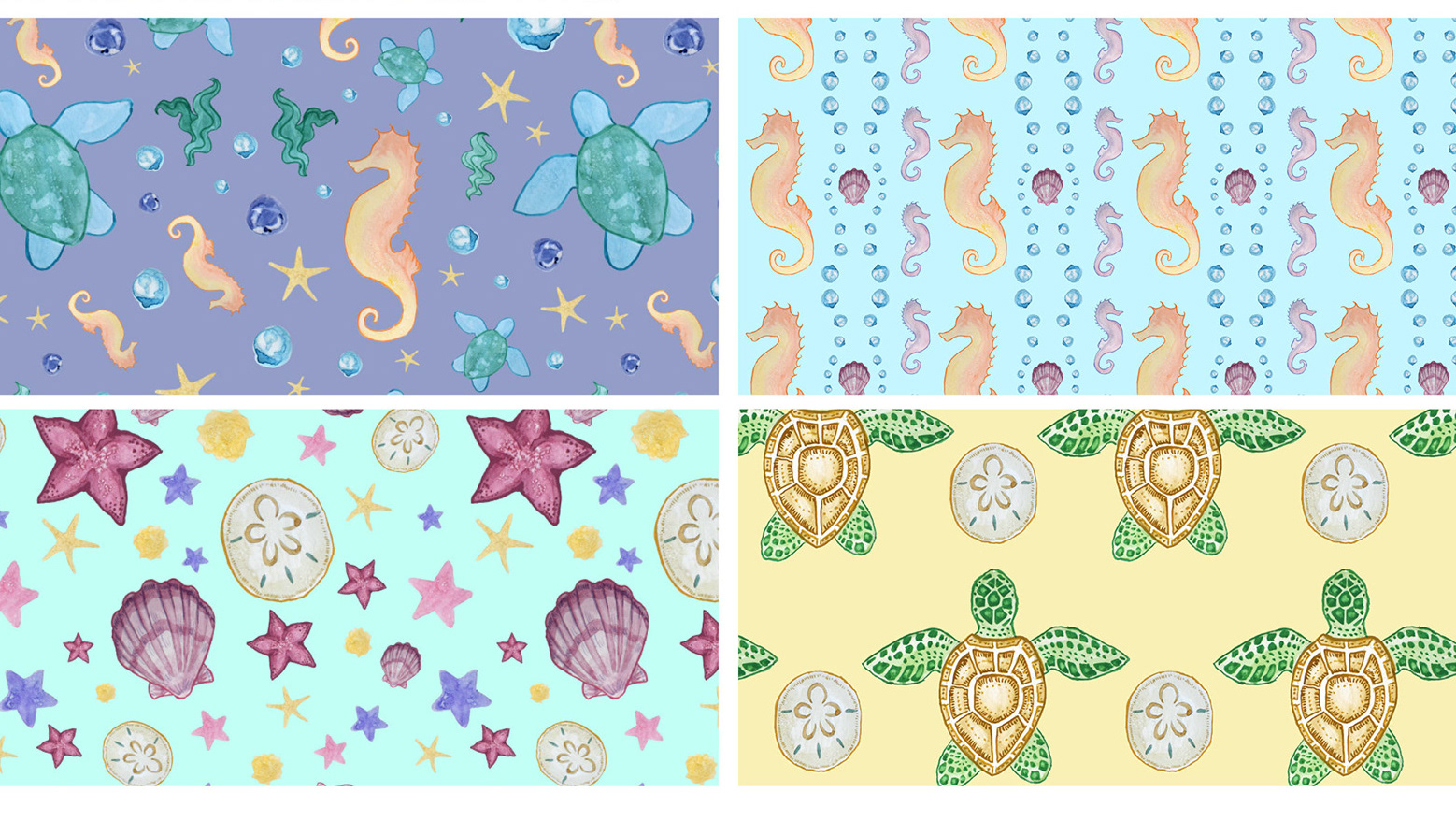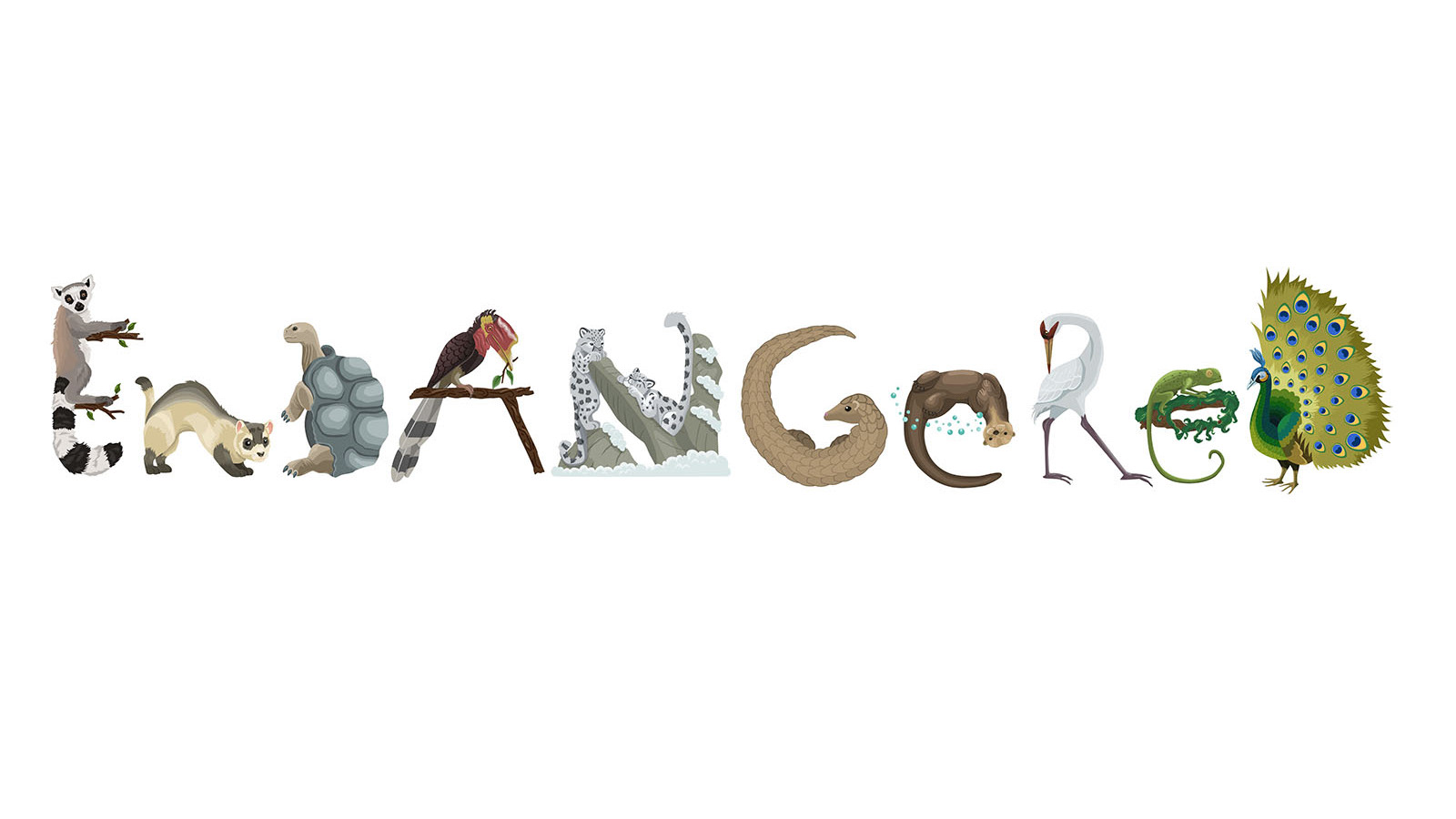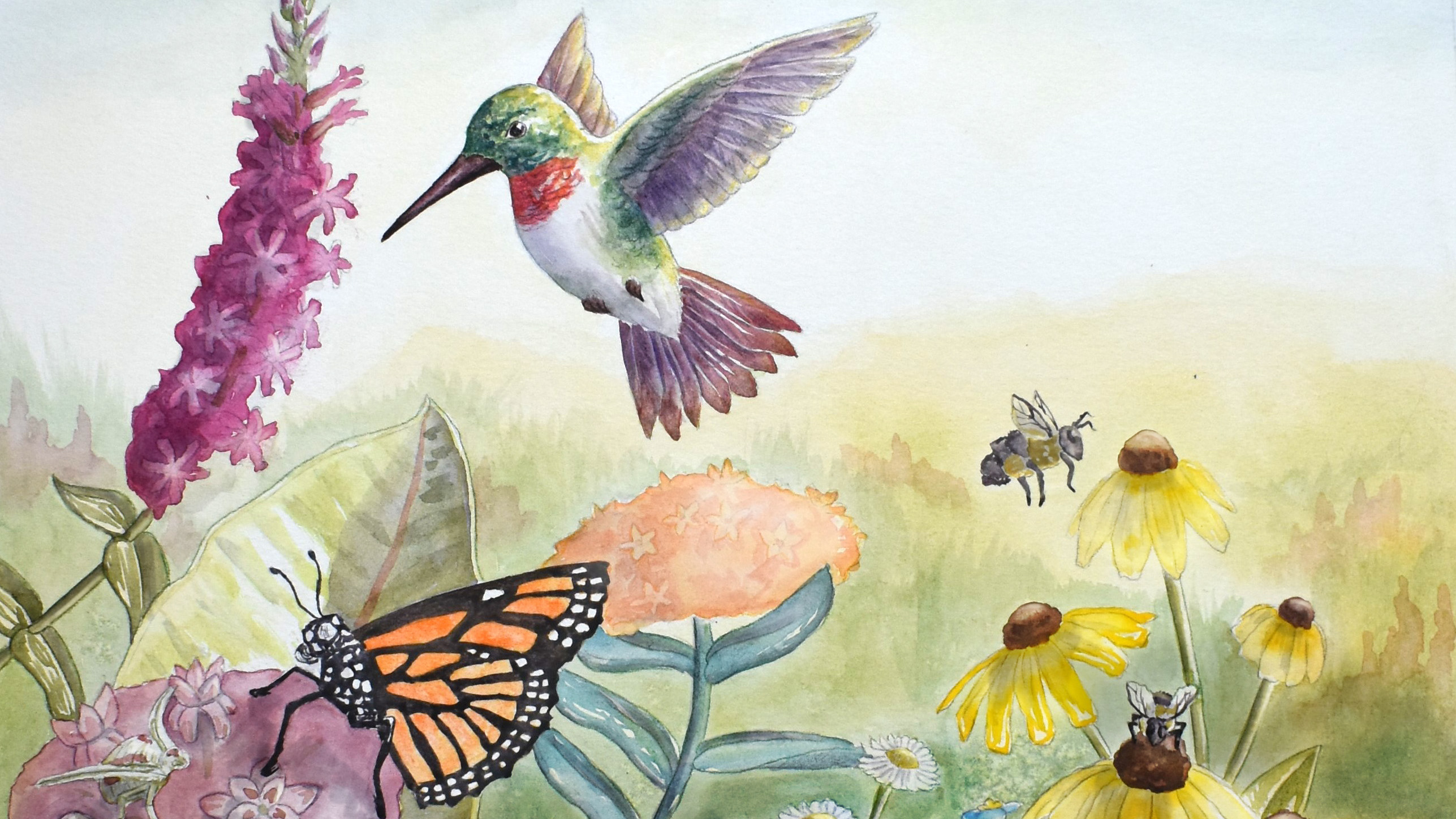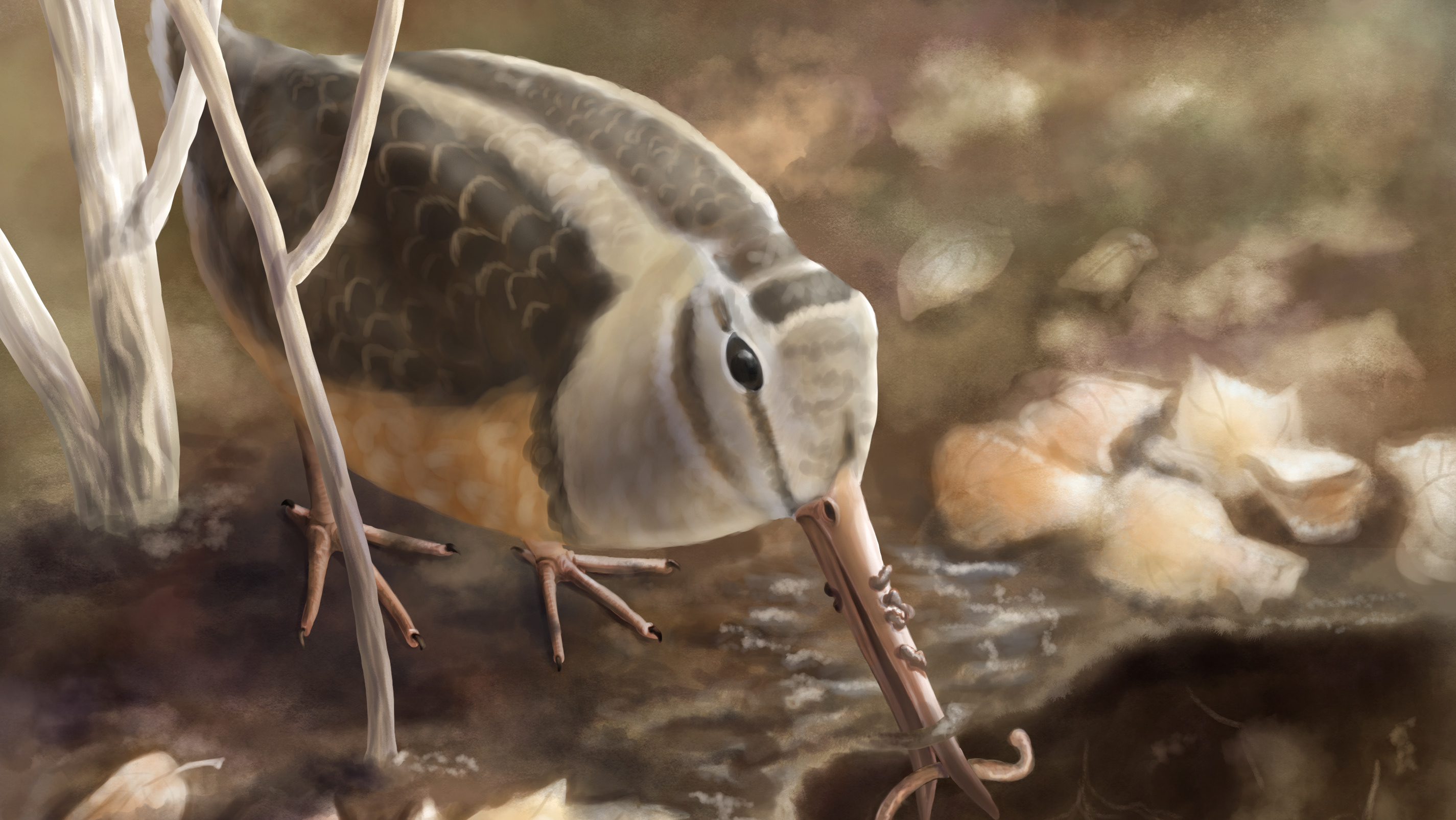The Aye-aye is a species of nocturnal lemur endemic to Madagascar. Their unusual appearance includes large, bat-like ears, thin bony fingers, and an extremely thin and long middle finger. These features assist the Aye-aye in hunting their prey: insects hidden beneath tree bark. Much like a woodpecker, the Aye-aye taps the tree with its finger. It listens closely until it locates a grub, then, using its long finger, probes inside the tree and fishes out its dinner.
The koala's digestive system is uniquely adapted for their diet, which primairly consists of eucalyptus leaves. This includes an enlarged caecum, which contains millions of bacteria to digest the fiber of eucalyptus leaves.
The Lesser Long-Nosed Bat and the Saguaro Cactus share a mutual symbiotic relationship. The Saguaro Cactus blooms for one day and one night, and the Lesser Long-Nosed Bats are nectivores, relying heavily on these flowers for their food source. So in feeding on the Saguaro cactus flowers, the bats are their primary pollinators.
The giraffe is the living animal with the longest neck in the world. Suprisingly, though, they have the same amount of cervical vertebrae as humans. This adaptation allows the graffe to access tall tree leaves for food, a location that other herbivores stuggle reach.
The Marine Iguanas are endemic to the Galapagos Islands. To avoid competition with other animals, they've adapted to feed on marine algae that grows in the ocean. To feed, the iguanas dive into the cold depths and use their blunt snouts and sharp teeth to feed on the algae. However, iguanas are ectotherms, relying on outside sources to heat their bodies, so when they emerge from the cold ocean waters, they spend most of their time basking on shore's volcanic rocks. And feeding in the ocean results in excess salt in their bodies, so they've adapted to "sneeze" salt out of their nostrils.
